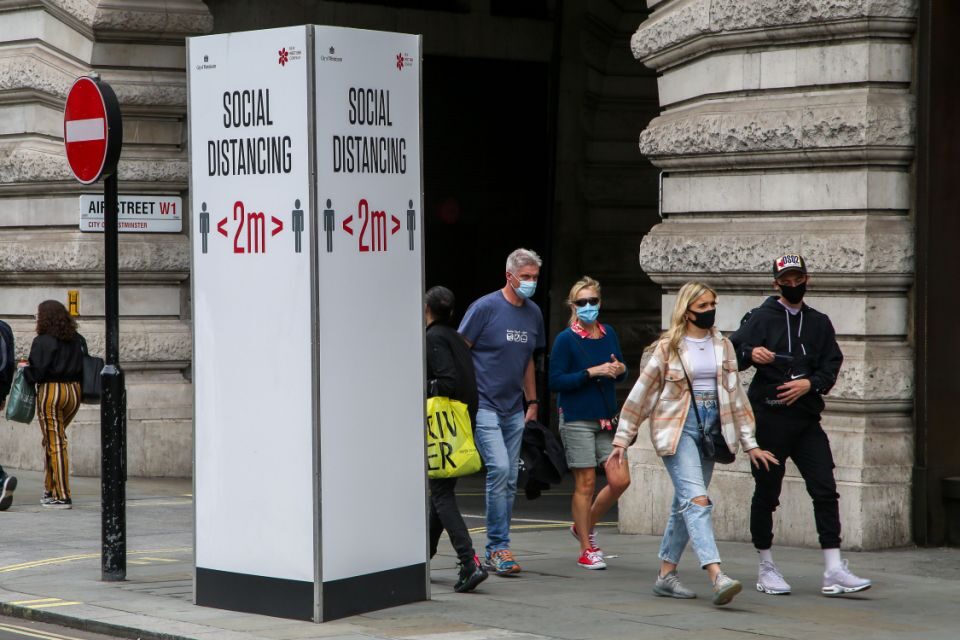The variant most likely originated in farm workers in northeastern Spain, where it was first recorded in June, they said.
The team of scientists from the University of Basel, ETH Zürich in Basel, and SeqCOVID in Spain said a suspected "superspreader" event accounted for early proliferation of the virus, which was then spread abroad by tourists and other travelers.
By October, the variant had been identified in 12 countries across the continent, as well as in Hong Kong and New Zealand, they said.
There is no data yet to suggest this variant is more deadly, they said.
The variant of SARS-CoV-2, known as 20A.EU1, had spread to at least six European countries by late July.
Hundreds of variants of the virus are present in Europe, but few are as widespread as the 20A.EU1 cluster, the scientists said.
"This variant, 20A.EU1, and a second variant 20A.EU2 ... account for the majority of recent sequences in Europe," the scientists said.
Holidaymakers returning from Spain played a significant role in the spread of the virus across Europe, the researchers said.
More than four in five new cases of the virus in the UK have come from this variation, and the scientists linked this to about 250 individual transmissions of the virus to the country in July and August.
In comparison, analysis of viral sequences in Hong Kong suggests infections there came from just one source, and the New Zealand samples could be from as few as three separate transmissions from Europe.
Comment: If it has been going around since June and has made it's way to New Zealand, then it's unlikely any measures taken now will have any effect on its spread. Judging by the lack of commentary on mortality, like Covid-19, it's probably harmless to the vast majority. It's known that as viruses mutate they tend to become less harmful.
The variant is mainly contained within Europe because of the lack of intercontinental travel during the pandemic, the scientists said. Authorities allowed quarantine-free travel within the continent for parts of the summer.
The rise in prevalence of 20A.EU1 across Europe "implies that the summer travel guidelines and restrictions were generally not sufficient to prevent onward transmission of introductions," the scientists said.
The variant could be more infectious than the usual SARS-CoV-2 strain, the team added, but they said it's "particularly difficult" to conclusively determine why the variant was spreading so quickly.
The scientists don't know whether the variant is more severe because of a lack of data, they added. Genomic surveillance allow them to detect and track this cluster, they said, but "the absence of consistent and uniform sequencing across Europe has still limited our efforts."
Comment: If it was more severe the chances are we would know by now.
Governments should take the data into account when planning a return to travel across Europe, the researchers added.
The report comes after France and Germany announced tougher lockdown restrictions Wednesday.
The countries will face a one-month lockdown in which bars and restaurants will have to close again. In France, nonessential shops also aren't allowed to remain open, while in Germany, hotels can't host tourists, and gyms and theaters must shut.




Comment: See also: Brain scans of Covid-19 patients show whole spectrum of strange, inexplicable neurological effects